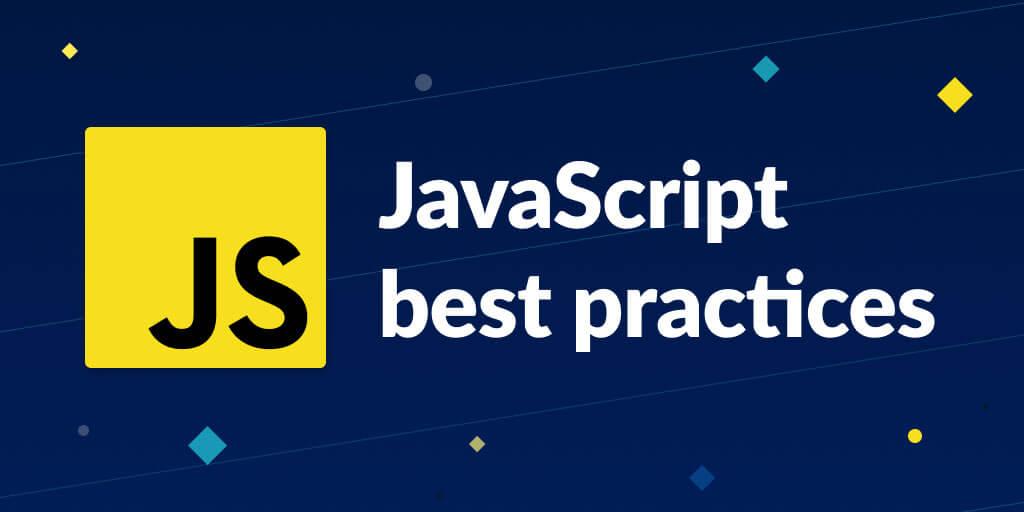Introduction
JavaScript is one of the most popular programming languages in the industry. This programming language makes it easier to develop different web and mobile applications. It offers several tools and benefits for faster application development. JavaScript has features like lightweight scripting, dynamic typing, Object-Oriented Programming, client-side validation, platform independence, etc. Today, JavaScript has emerged as the largest programming language in the market. Every company transforming digitally requires JavaScript for effective web and application development. The JavaScript training courses are available in different modes and varying fee structures. You can check the JavaScript Course Fees and join a training program to learn more about this widely used programming language. In addition, JavaScript is easy to use and offers a large community of users.
This article explains various best practices for JavaScript. Read on to know more.
JavaScript Best Practices
Best practices for JavaScript development can help you write efficient, maintainable, and bug-free code.
Mentioned below are some key guidelines to follow. Let us look at each of them in detail.
1. Meaningful Variable And Function Names
One of the fundamental principles of writing clean and maintainable JavaScript code is to use meaningful variable and function names. This makes your code more readable and self-explanatory. For example, instead of using cryptic names like “x” or “temp”, opt for descriptive names like “totalPrice” or “calculateDiscount”.
2. Consistent Code Style
Consistency in code style is crucial, especially in collaborative projects. Choose a coding style guide, such as Airbnb, Google, or StandardJS, and stick to it. Tools like ESLint can help enforce these standards, ensuring your codebase maintains a unified look and feel.
3. Avoid Global Variables
Minimize the use of global variables to prevent naming conflicts and unintended side effects. Encapsulate your code within functions or modules to create a more controlled and isolated scope. This reduces the risk of unintentional variable modifications and enhances code maintainability.
4. Use “Const” And “Let”
JavaScript introduced “const” and “let” as block-scoped variable declarations. Use “const” for variables that should not be reassigned and “let” for those that may change. Avoid using the outdated “var”, as it has function scope and can lead to unexpected behaviours.
5. Arrow Functions
Arrow functions provide a concise way to define functions, especially for simple, one-liner functions. They also preserve the lexical “this” context, making them ideal for callbacks and event handlers. However, be cautious when using them for complex functions, as they lack their own “this” binding.
6. Modularize Your Code
Divide your code into smaller, reusable modules. This promotes code reusability, and maintainability, and makes it easier to test individual components. Popular module systems include CommonJS (Node.js) and ES6 modules (browser and modern JavaScript environments).
7. Error Handling
Proper error handling is essential for robust applications. Use “try…catch” blocks to gracefully handle exceptions and provide informative error messages. Additionally, consider using tools like Promises or async/await for asynchronous error handling.
8. Optimize Dom Manipulation
When working with the Document Object Model (DOM), minimize direct manipulations and batch changes whenever possible. Use methods like “document.querySelector” and “element.addEventListener” to efficiently select and interact with DOM elements.
9. Use Es6 Features
JavaScript ES6 (ECMAScript 2015) introduced numerous enhancements to the language. Embrace these features, including template literals, destructuring, spread/rest operators, and classes, to write cleaner and more expressive code.
10.Code Comments And Documentation
Document your code with meaningful comments and docstrings. Explain complex algorithms, the purpose of functions, and any important decisions in your code. This helps both you and other developers understand and maintain the codebase effectively.
Conclusion
To summarise, JavaScript makes it easier to develop different web and mobile applications. Various best practices for JavaScript development can help you write efficient, maintainable, and bug-free code. Various JavaScript courses are available for both online and in-classroom training. You can join the JavaScript Online Course to learn various JavaScript best practices at home. Adhering to these practices will make your JavaScript code more readable and maintainable. Consistency, thoughtful naming, and proper error handling are just a few of the key principles that can significantly improve your JavaScript development workflow.




